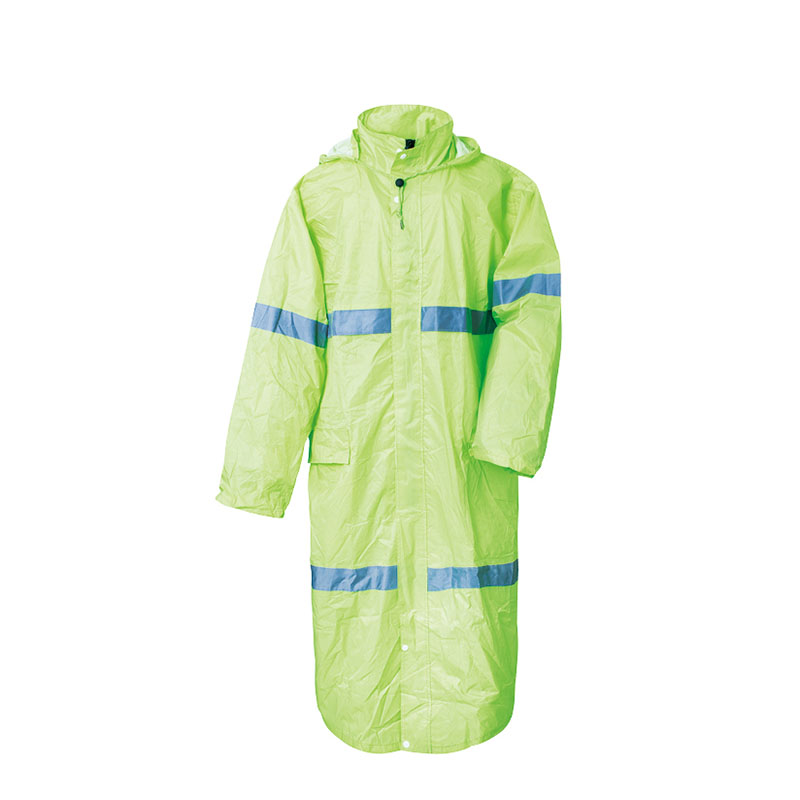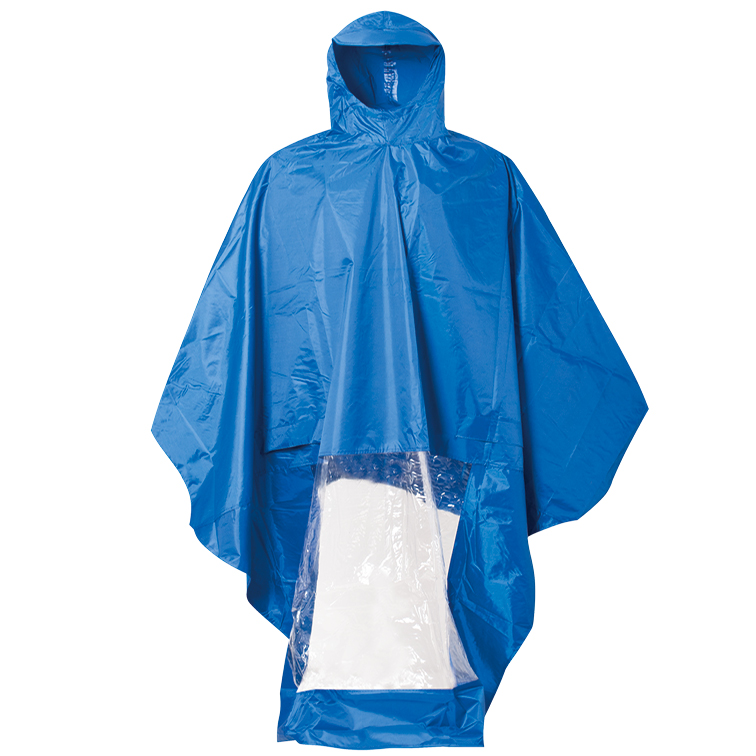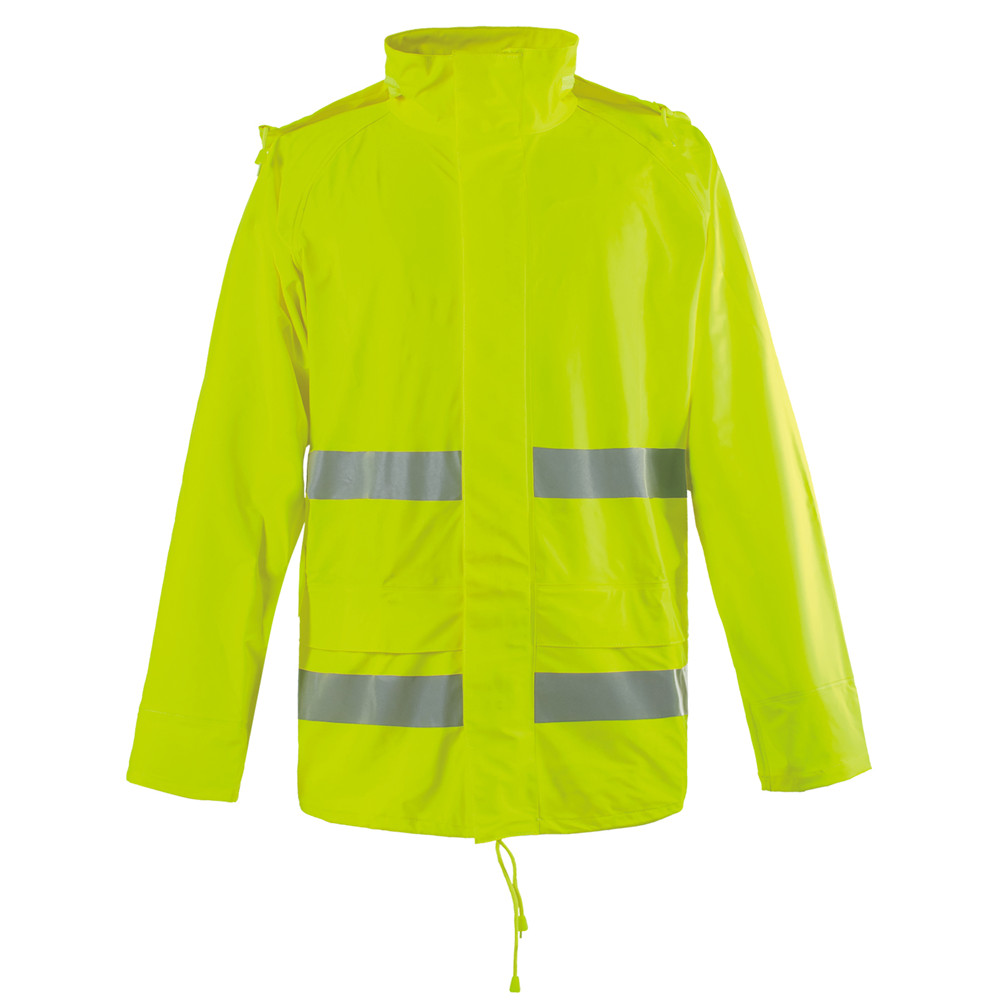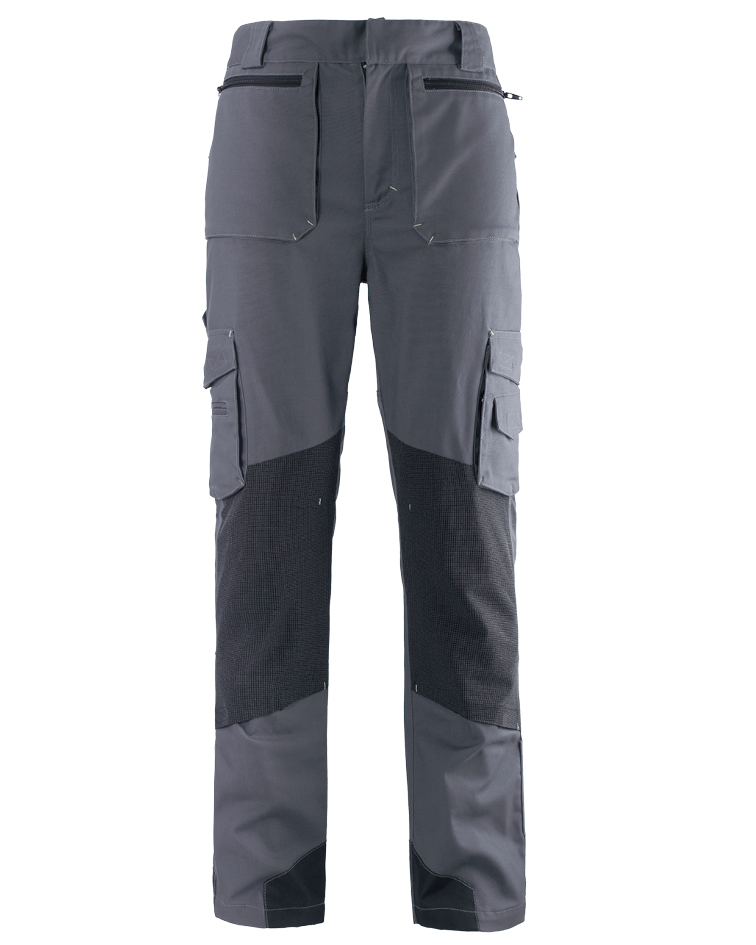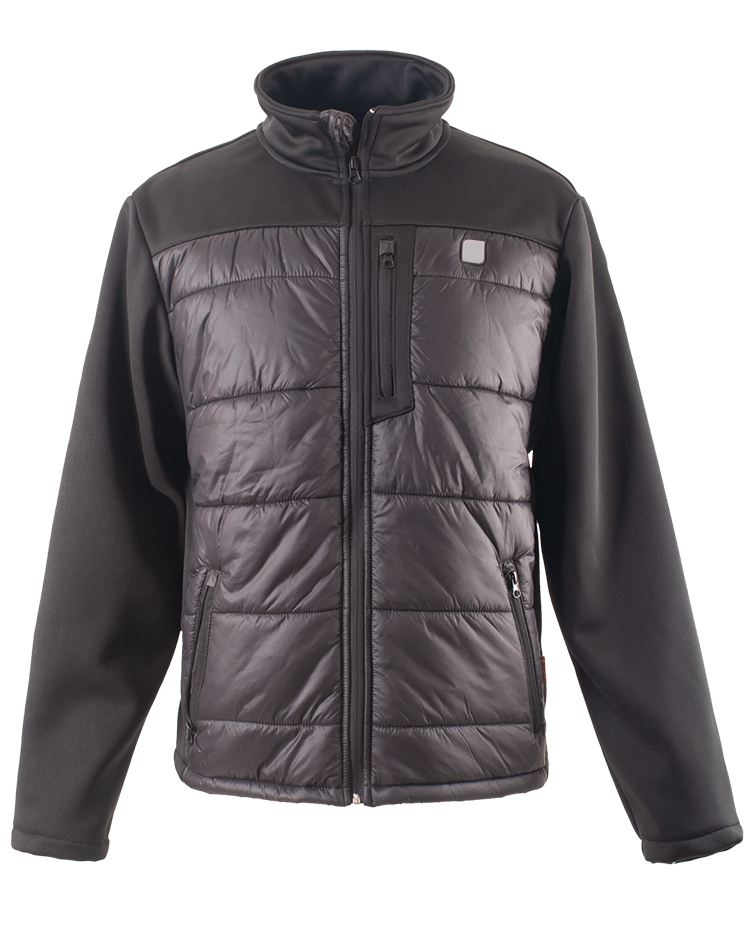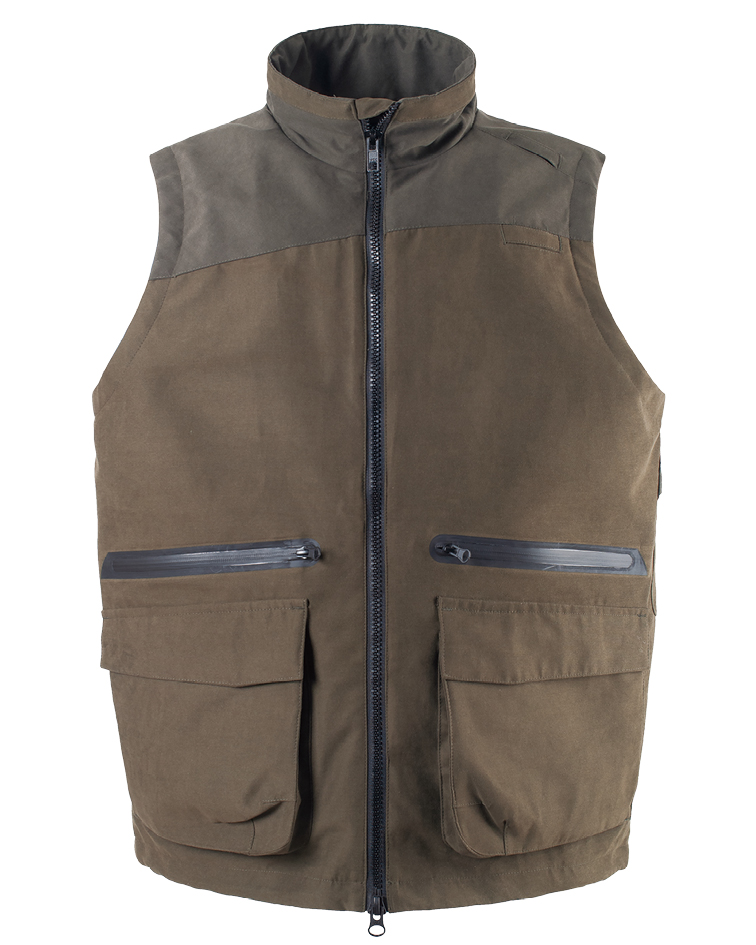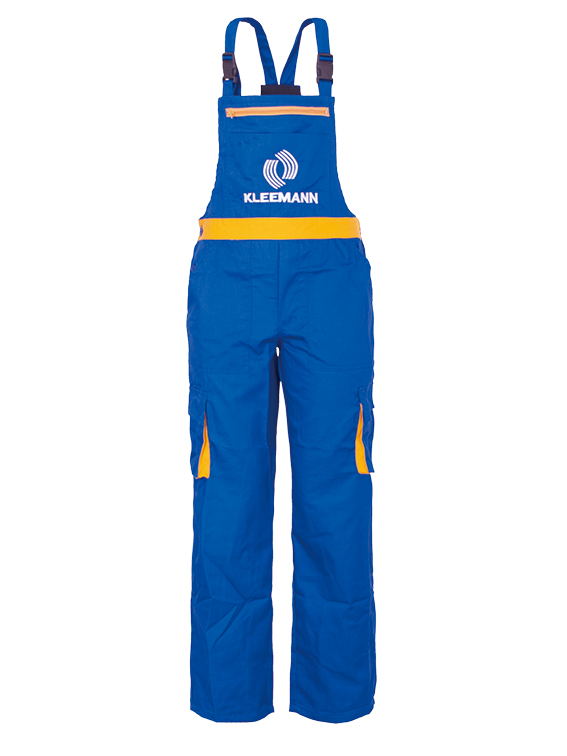Dear customers and friends:
In the demanding sectors of professional outerwear, the parka jacket stands as an indispensable garment, offering unparalleled protection against extreme cold and harsh weather. For B2B stakeholders, understanding the nuanced differences across various types of parka jackets is crucial for optimal procurement and application. From robust expedition models to versatile 3 in 1 parka systems, and specialized designs like the hunting parka, each variant is engineered with specific performance parameters and use-case scenarios in mind. This comprehensive guide delves into the technical specifications, manufacturing prowess, and strategic advantages of modern parka men's and unisex offerings, ensuring informed decisions for demanding professional environments.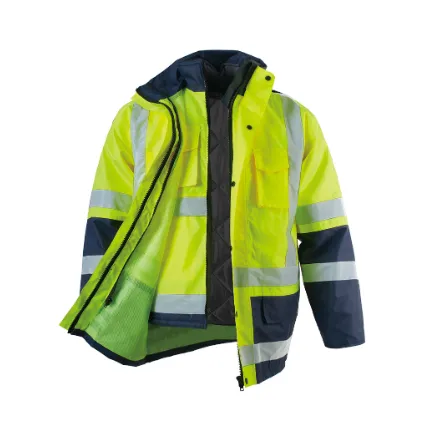
Our focus extends beyond mere aesthetics, emphasizing the critical engineering and material science that defines a superior Winter Parka & Jacket. We aim to equip you with the insights needed to select garments that meet stringent industry standards for durability, thermal efficiency, and wearer comfort, ultimately enhancing operational efficacy in diverse challenging conditions.
Demystifying Parka Jackets: Types, Functionality, and Evolution
The evolution of the parka reflects centuries of innovation in cold-weather gear, culminating in the highly specialized types of parka jackets available today. Understanding these classifications is fundamental for businesses requiring specific protection profiles.
- Expedition Parkas:Engineered for extreme cold, often featuring high-fill-power down insulation, robust waterproof-breathable shells, and extensive baffling for superior thermal retention. Ideal for arctic exploration or prolonged outdoor work in sub-zero temperatures.
- Fishtail Parkas:Characterized by a distinctive split, swallow-tail back that can be tied around the legs for added protection. Originally military-issued, now popular for urban and milder outdoor use, often prioritizing style with good weather resistance.
- Snorkel Parkas:Featuring a tunnel-like hood that zips up to fully enclose the face, leaving only a small "snorkel" opening for vision. Excellent for wind protection and trapping body heat in severe conditions.
- Shell Parkas:Uninsulated outer layers designed to be worn over insulating mid-layers. Their primary function is weather protection (waterproof, windproof), offering versatility for varying activity levels and temperatures.
A cornerstone of versatility in modern outerwear is the 3 in 1 parka. This innovative design combines a waterproof-breathable outer shell with a removable insulating liner (often a fleece or insulated jacket). This modularity allows the wearer to adapt to changing weather conditions by wearing the shell alone, the liner alone, or both combined for maximum warmth and weather protection. This adaptability makes it an exceptionally cost-effective and practical choice for businesses needing flexible solutions for their personnel.
When considering parka men's ranges, design often balances rugged durability with ergonomic fit, accommodating broader shoulders and varying torso lengths. Features like adjustable cuffs, articulated sleeves, and strategically placed pockets enhance functionality for professional tasks. Material choices often lean towards highly abrasion-resistant fabrics with robust waterproofing treatments (e.g., DWR – Durable Water Repellent finishes, or laminated membranes like Gore-Tex) to withstand rigorous industrial or outdoor use.
The specialized hunting parka represents a pinnacle of task-specific design. These garments incorporate features vital for successful hunting, such as camouflage patterns, scent control technologies (e.g., activated carbon fibers), quiet fabrics to minimize noise, and ample storage pockets for gear. Insulation levels are often optimized for periods of inactivity followed by bursts of movement, with considerations for blood-borne pathogen resistance in some designs. The integration of advanced weatherproofing and strategically reinforced stress points ensures these parkas perform flawlessly in challenging wilderness conditions, proving their worth as a critical piece of professional equipment.
The Advanced Manufacturing Process of Winter Parka & Jacket
The creation of a high-performance Winter Parka & Jacket involves a meticulous multi-stage manufacturing process, emphasizing precision engineering and quality control at every step. Unlike industrial components using casting or forging, textile manufacturing focuses on advanced cutting, sewing, and material integration techniques.
- Design & Prototyping:Initial CAD designs are translated into prototypes, rigorously tested for fit, function, and ergonomic performance across various body types, crucial for parka men's and women's lines.
- Material Sourcing & Inspection:High-grade fabrics (e.g., durable nylon or polyester with DWR coatings), insulation (ethically sourced down with specific fill power, or advanced synthetic like Primaloft), and hardware (YKK zippers, robust snaps) are sourced. Incoming materials undergo stringent quality checks against specifications like tear strength, water repellency, and thermal resistance. Compliance with standards like OEKO-TEX Standard 100 for harmful substances and Responsible Down Standard (RDS) is paramount.
- Precision Cutting:Automated CNC fabric cutting machines ensure accuracy and minimize material waste, vital for complex patterns, especially for intricate hunting parka designs.
- Sewing & Assembly:Skilled technicians assemble components using specialized industrial sewing machines. Critical steps include seam sealing (applying waterproof tape over stitched seams) to prevent water ingress, particularly in 3 in 1 parka shells, and the meticulous construction of pockets, hoods, and closures.
- Insulation Filling:Down or synthetic insulation is carefully inserted into baffled compartments to ensure even distribution and prevent cold spots. This is a critical factor for the thermal efficiency of all types of parka jackets.
- Quality Control & Testing:Each parka undergoes multi-point inspections, including seam integrity, waterproofness (hydrostatic head test), thermal mapping, and overall craftsmanship. Compliance with internal standards, often mirroring or exceeding international benchmarks like ISO 9001 for quality management systems, ensures consistent product performance and longevity.
- Finishing & Packaging:Final touches include accessory attachment, thorough cleaning, and careful packaging to prevent damage during transit. Our products are designed for a long service life, reducing the total cost of ownership for professional applications.
This rigorous process ensures that every Winter Parka & Jacket delivers exceptional performance, whether it's providing warmth in freezing temperatures, protecting against corrosive elements (such as saltwater spray in marine applications), or offering enhanced mobility for dynamic tasks.
Technical Parameters and Performance Analysis: A Comparative Overview
Selecting the appropriate parka requires a detailed analysis of its technical specifications. Key performance indicators (KPIs) include waterproof ratings, breathability, thermal insulation values, and material durability. Below is a comparative table illustrating common parameters across different types of parka jackets, including specialized options like the hunting parka.
|
Table 1: Comparative Technical Specifications of Parka Types |
||||
|
Feature/Parka Type |
Expedition Parka |
3-in-1 Parka |
Urban Parka (Men's) |
Hunting Parka |
|
Target Temperature Range |
-40°C to -10°C |
-20°C to +10°C (modular) |
-15°C to +5°C |
-25°C to 0°C (stationary periods) |
|
Waterproof Rating (Hydrostatic Head) |
20,000mm+ |
10,000mm - 20,000mm |
5,000mm - 15,000mm |
15,000mm - 25,000mm+ |
|
Breathability (MVTR) |
15,000 g/m²/24hr |
8,000 - 15,000 g/m²/24hr |
5,000 - 10,000 g/m²/24hr |
10,000 - 20,000 g/m²/24hr |
|
Insulation Type & Fill Power |
800+ Fill Power Down |
Synthetic (e.g., Thinsulate, Primaloft) 80-150g/m² or 550-700 FP Down |
Synthetic or 500-650 FP Down |
High-Loft Synthetic (150-250g/m²) |
|
Shell Fabric Denier (Durability) |
70D - 200D Ripstop Nylon |
40D - 150D Polyester/Nylon |
50D - 100D Polyester/Cotton Blend |
150D - 300D Silent Brushed Polyester |
|
Key Features |
Helmet-compatible hood, reinforced elbows, internal gaiters |
Removable liner, adjustable hood, storm flap |
Stylish cut, multiple pockets, comfortable lining |
Camo patterns, scent control, game pockets, quiet fabric |
This technical breakdown allows for a precise matching of product capabilities to operational requirements, ensuring that whether the need is for a highly durable parka men's option for construction, or a feature-rich hunting parka for specialized fieldwork, the chosen garment will deliver optimal performance and longevity.
Industry Trends and Application Scenarios
The market for Winter Parka & Jacket solutions is continually evolving, driven by advancements in material science, sustainable practices, and the diverse needs of professional users. Current trends highlight a demand for increased versatility, ethical sourcing, and enhanced durability.
Application Scenarios:
- Logistics & Cold Storage:Personnel in refrigerated warehouses or transportation hubs require insulated, flexible types of parka jackets that allow for unrestricted movement while maintaining core body temperature.
- Outdoor Construction & Utility Work:For teams working in harsh winter climates, durable and waterproof parka men's options are essential. The 3 in 1 parka is particularly favored for its adaptability to varying weather conditions on a single job site.
- Environmental Research & Arctic Expeditions:These highly specialized applications demand expedition-grade parkas with extreme thermal efficiency and robust weather protection, often incorporating safety features like integrated RECCO reflectors.
- Security & Public Services:Uniformed personnel require parkas that offer warmth and protection without impeding mobility or access to equipment, often with integrated high-visibility elements.
- Specialized Outdoor Activities (e.g., Hunting):The hunting parka is purpose-built, integrating camouflage, silent fabrics, and strategically placed pockets for essential gear, crucial for extended periods in remote, cold environments.
Industry Trends: The drive for sustainability is influencing fabric choices (recycled materials, PFC-free DWR coatings) and ethical sourcing for insulation. Technological integration, such as heated panels or RFID tags, is also emerging. Furthermore, the emphasis on wearer comfort and ergonomic design means that modern types of parka jackets are lighter, less bulky, and offer greater freedom of movement than their predecessors, without compromising on thermal efficiency or protective qualities.
Manufacturer Comparison and Customization Solutions
Choosing the right supplier for Winter Parka & Jacket solutions involves evaluating not just product specifications but also manufacturing capabilities, certifications, and service offerings. Leading manufacturers distinguish themselves through rigorous quality control, innovative design, and a strong commitment to client collaboration.
Key Differentiators in Manufacturers:
- Certification & Compliance:Adherence to ISO 9001 (Quality Management), ISO 14001 (Environmental Management), OEKO-TEX, and RDS standards indicates a commitment to quality and ethical production.
- R&D Investment:Manufacturers who actively invest in research and development can offer cutting-edge materials and designs, such as enhanced waterproof-breathable membranes or superior insulation technologies.
- Supply Chain Transparency:A transparent supply chain ensures traceability of materials and ethical labor practices, crucial for brand reputation.
- Customization Capabilities:The ability to tailor designs, integrate company branding, or modify features (e.g., pocket configurations for specific tools, enhanced abrasion resistance in critical zones for parka men's workwear) is a significant advantage.
Customization Solutions: Our facility offers extensive customization for various types of parka jackets. This includes:
- Material Specification:Choice of shell fabric (e.g., Cordura for extreme abrasion, quiet brushed polyester for a hunting parka), insulation type, and lining materials.
- Feature Integration:Addition of specific pockets, reinforced panels, removable hoods, customizable reflective elements, or specialized zippers. For 3 in 1 parka systems, liners can be customized in terms of warmth and fabric.
- Branding & Sizing:Integration of company logos via embroidery or heat transfer, alongside tailored sizing options to ensure a perfect fit for diverse workforces.
Application Cases: A major utility company commissioned a fleet of custom parka men's units with enhanced visibility strips and specialized tool loops for their field engineers operating in harsh winter conditions, leading to a 20% reported increase in safety and efficiency. Another client, an arctic research institute, required bespoke expedition parkas with integrated sensor pockets and extreme temperature ratings, which were successfully delivered and performed flawlessly in temperatures as low as -50°C, a testament to our precision engineering and material sourcing.
Data Insights: Performance Metrics of Winter Parka & Jacket
To further illustrate the performance characteristics of our Winter Parka & Jacket offerings, we present simulated data visualizations highlighting key technical indicators. These metrics are critical for B2B procurement, ensuring that selected types of parka jackets meet specific operational demands.
Performance Comparison (Example Bar Chart Data)
Below is a conceptual representation of comparative performance across various parka types for a critical metric like overall weather protection. Higher values indicate superior performance.
Expedition Parka:95%
Hunting Parka:88%
3-in-1 Parka:75%
Urban Parka (Men's):60%
Market Share by Parka Type (Example Pie Chart Data)
Based on current B2B procurement trends for Winter Parka & Jacket, this represents a distribution of demand across various categories.
- Urban/Casual Parka (Parka Men's):35%
- 3-in-1 Parka Systems:28%
- Specialized (e.g., Hunting Parka, Expedition):20%
- Other Types of Parka Jackets:17%
Durability Performance Over Time (Example Line Chart Data)
The graph illustrates the average expected durability (retaining waterproofness/insulation integrity) of a high-quality parka over years of professional use, based on controlled lab and field tests. This demonstrates the long-term value of investing in premium Winter Parka & Jacket.
Performance (%)
0%20%40%60%80%100%
Year 0Year 1Year 2Year 3Year 4
Years of Use
Frequently Asked Questions (FAQ)
Q1: What does "Hydrostatic Head" signify in a parka's specifications?
A: Hydrostatic Head (HH) is a measurement of a fabric's waterproofness. It indicates the height (in millimeters) of a column of water the fabric can withstand before water begins to penetrate. A higher HH rating, such as 20,000mm, denotes superior resistance to water pressure, essential for heavy rain or prolonged exposure to wet conditions, particularly in high-performance types of parka jackets.
Q2: What is "Fill Power" and why is it important for insulation?
A: Fill Power (FP) measures the loft or fluffiness of down insulation and its ability to trap air – the primary insulator. Expressed in cubic inches per ounce (e.g., 800 FP), a higher number signifies greater insulating efficiency for a given weight of down. This directly impacts the warmth-to-weight ratio, making high FP crucial for lightweight, high-performance Winter Parka & Jacket, including specialized hunting parka models.
Q3: How does a "3 in 1 parka" provide versatility?
A: A 3 in 1 parka consists of an outer waterproof shell and a detachable inner insulating jacket. This design allows for three wearing options: the shell alone for rain protection in mild weather, the inner jacket alone for dry, cool conditions, or both combined for maximum warmth and weather resistance. This modularity is ideal for professionals encountering fluctuating temperatures and precipitation.
Q4: What is the significance of DWR coating on a parka?
A: DWR (Durable Water Repellent) is a polymeric coating applied to the outer fabric layer of a parka. It causes water to bead up and roll off, preventing the face fabric from becoming saturated ("wetting out"). While not making the fabric fully waterproof itself, DWR maintains the fabric's breathability and allows the underlying waterproof membrane (if present) to function effectively, crucial for all types of parka jackets.
Q5: Are there specific sizing considerations for "parka men's" in professional contexts?
A: Yes, professional parka men's designs often feature a more generous cut to accommodate layering (e.g., fleece, base layers) and allow for a full range of motion, particularly in the shoulders and arms, essential for performing physical tasks. Accurate measurement against manufacturer sizing charts is always recommended to ensure proper fit and functionality.
Q6: What are the key features to look for in a "hunting parka"?
A: A dedicated hunting parka typically includes camouflage patterns (specific to terrain), silent fabrics (to prevent spooking game), ample and accessible pockets (for calls, ammunition, maps), a blood-resistant finish, specialized insulation for sedentary periods, and often a waterproof-breathable membrane for protection during prolonged exposure to wet conditions.
Q7: What industry certifications should I look for in a parka manufacturer?
A: Reputable manufacturers should adhere to international quality management standards like ISO 9001. For textile sustainability and safety, look for OEKO-TEX Standard 100 (absence of harmful substances), Bluesign (sustainable textile production), and Responsible Down Standard (RDS) or Global Recycled Standard (GRS) for ethical sourcing of insulation materials. These certifications ensure product integrity and responsible manufacturing practices.
Our Commitment: Quality, Reliability, and Partnership
At the core of our operations is a steadfast commitment to delivering Winter Parka & Jacket solutions that exemplify quality and reliability. We understand that for B2B clients, performance is not just a feature, but a critical operational requirement.
- Guaranteed Quality:Our products undergo stringent testing to meet and exceed ISO standards for durability and performance. We proudly stand by a 5-year limited warranty on manufacturing defects, underscoring our confidence in the longevity of our types of parka jackets.
- Reliable Delivery:With a robust global supply chain and efficient logistics, we offer competitive delivery cycles, typically 4-6 weeks for custom orders and 1-2 weeks for in-stock standard models, ensuring your operational needs are met promptly.
- Dedicated Customer Support:Our expert technical support team is available 24/7 to assist with product selection, customization queries for parka men's ranges, and after-sales service, ensuring a seamless experience from inquiry to deployment.
- Industry Expertise:With over two decades of experience in high-performance outerwear manufacturing, we are recognized as an authority in specialized garments, including military-grade and hunting parka solutions.
Partner with us to equip your team with superior protection, engineered for the most demanding environments.
References
- American Society for Testing and Materials (ASTM) International. Standard Test Methods for Water Resistance of Fabrics. ASTM D751.
- International Organization for Standardization (ISO). Quality Management Systems – Requirements. ISO 9001:2015.
- Textile Exchange. Responsible Down Standard (RDS). V3.0.
- OEKO-TEX International. Standard 100 by OEKO-TEX: Tests for harmful substances.
- Gore-Tex Fabric Research and Durability Testing. Understanding Waterproof and Breathable Fabrics. W. L. Gore & Associates, Inc.
Post time: Sep . 12, 2025 10:17

